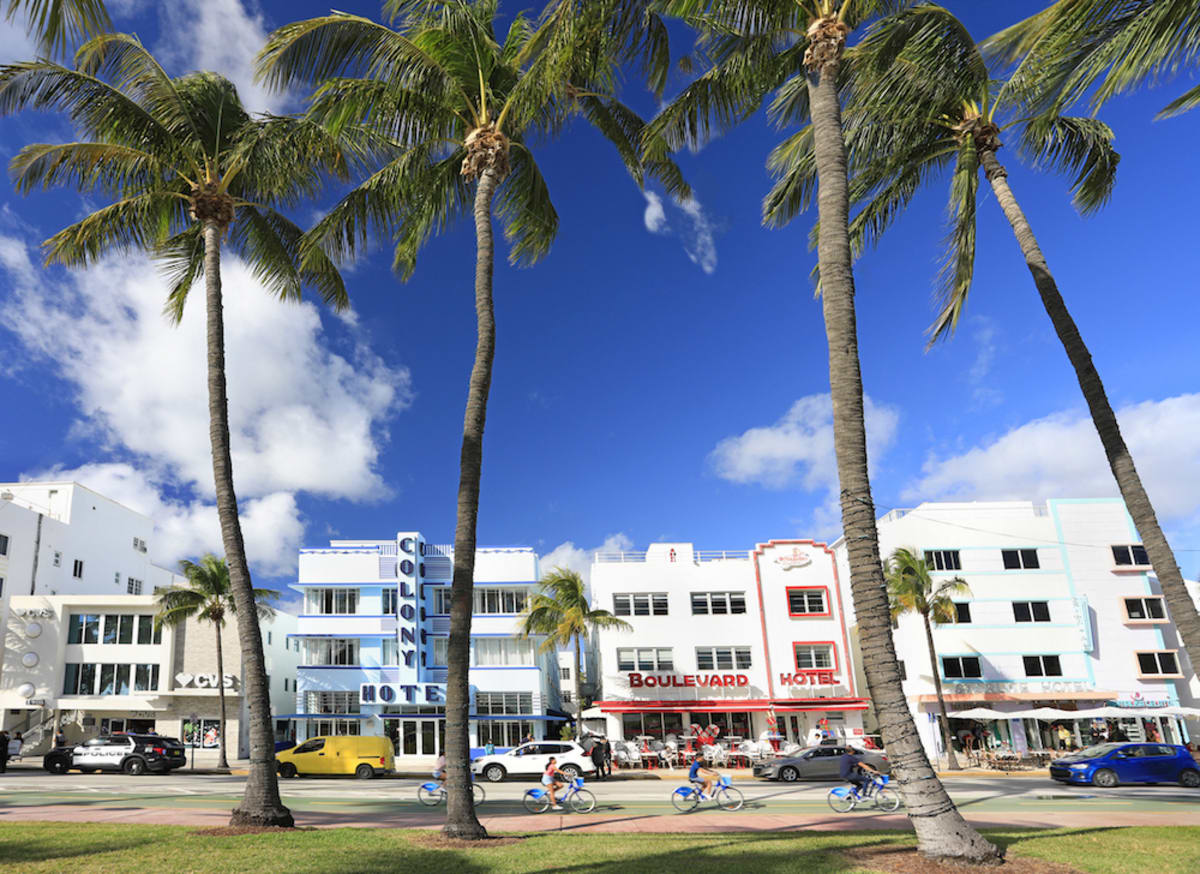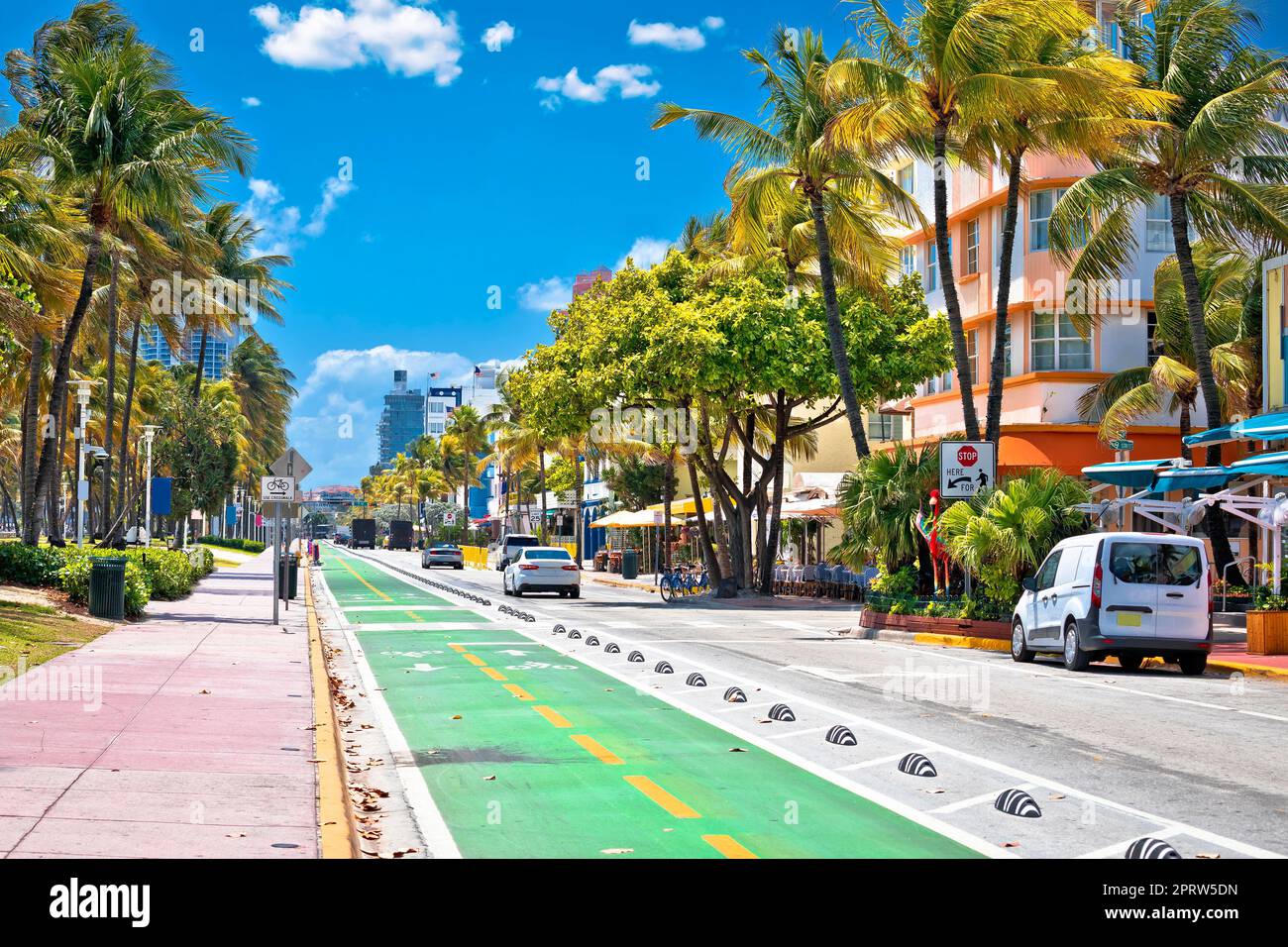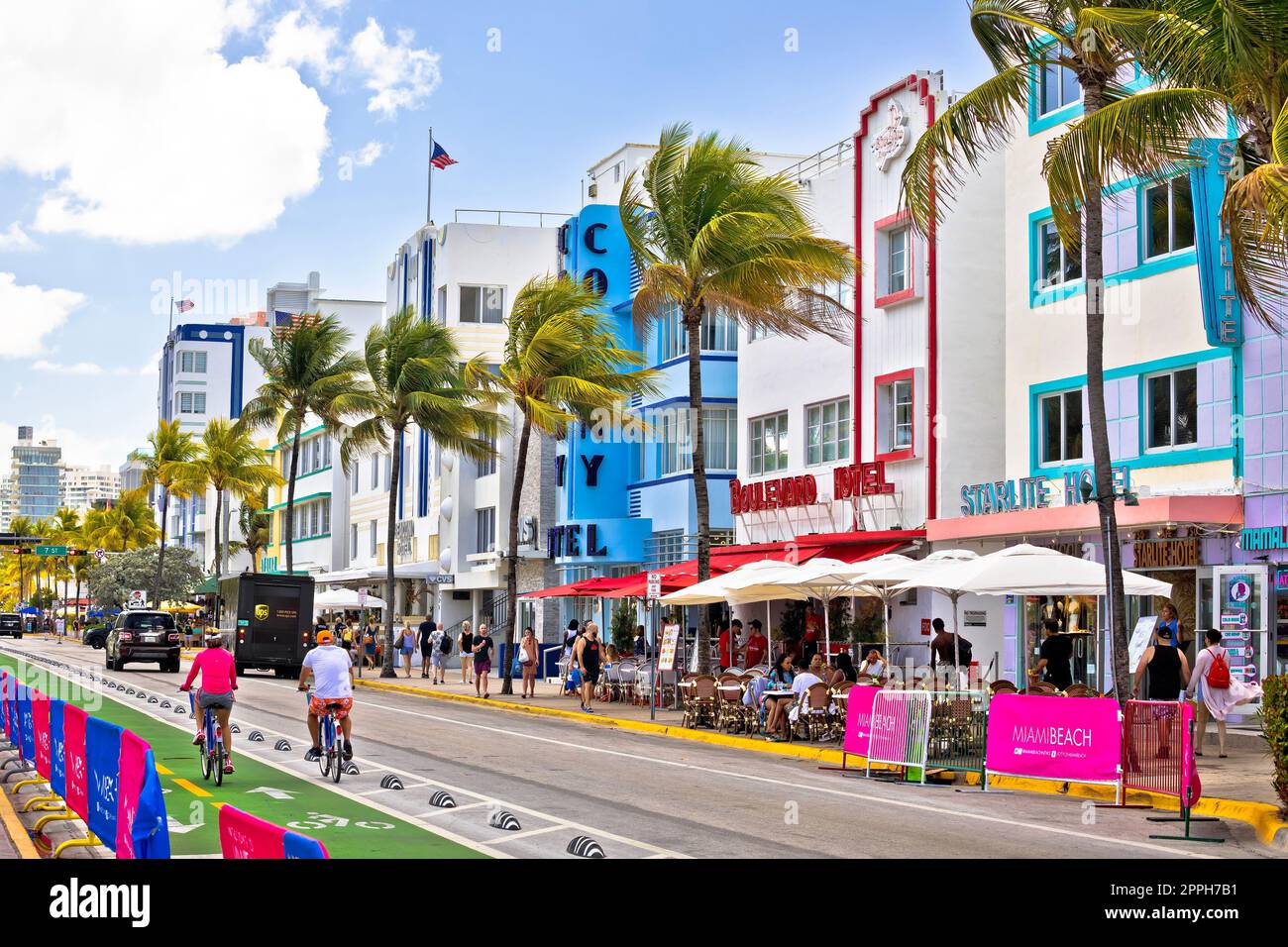Miami Beach, Florida, is not just a sun-soaked paradise famed for its beautiful beaches, but is also home to vibrant streets that pulse with life, culture, and history. In this article, we will take a deep dive into the streets of Miami Beach, exploring their significance, attractions, and the unique local experiences they provide. Whether you’re a local resident or a traveler, understanding the streets of this iconic destination can enrich your visit and appreciation for this gem of the Sunshine State.
A Brief Overview of Miami Beach’s Streets
The streets of Miami Beach are a tapestry woven with history, culture, and contemporary urban living. From the iconic Ocean Drive to the quieter Collins Avenue, each street offers a different flavor of Miami Beach life. The city is home to Art Deco architecture, bustling nightlife, and an eclectic mix of people that contribute to its vibrant atmosphere.
The Iconic Streets of Miami Beach
Ocean Drive
Ocean Drive is one of the most famous streets in Miami Beach, known for its colorful Art Deco buildings and lively atmosphere. This street runs parallel to the beach and is a prime spot for tourists looking to soak up the sun while enjoying local cafes and shops.
- Attractions: The Versace Mansion, Lummus Park, and countless restaurants.
- Local Experience: Ocean Drive is known for its vibrant nightlife, live music, and street performances.
Collins Avenue
Collins Avenue is home to luxury hotels, upscale retail shops, and a more laid-back atmosphere compared to Ocean Drive. This street is perfect for those who enjoy a leisurely stroll with opportunities for shopping and dining.
- Attractions: The Fontainebleau Hotel, Eden Roc, and high-end boutiques.
- Local Experience: Enjoying beachfront dining and sunset views.

Washington Avenue
Washington Avenue serves as a major thoroughfare connecting several key areas of Miami Beach. It features numerous shops, restaurants, and cultural institutions, making it a critical part of the city’s landscape.
- Attractions: The Miami Beach Convention Center, many art galleries.
- Local Experience: Participating in local art walks or farmers’ markets.
Cultural Significance of Miami Beach Streets
The streets of Miami Beach are not just a means of getting from point A to B; they are a reflection of the city’s cultural heritage and evolution. The Art Deco Historic District, for instance, showcases buildings from the 1920s and 1930s, representing significant architectural movements and the era’s cultural influences.

Art Deco District
One of the most significant aspects of Miami Beach is its Art Deco Historic District, primarily located along Ocean Drive, Collins Avenue, and Washington Avenue. This area consists of over 800 preserved buildings that offer a glimpse into the city’s architectural past.
- Key Features: Pastel colors, geometric designs, and neon lights.
- Historical Context: Many of these buildings were constructed during the real estate boom of the 1920s, after the 1926 hurricane.
Exploring Local Experiences on Miami Beach Streets
Walking through Miami Beach allows you to experience the city at your own pace. Here are some popular local experiences you shouldn’t miss:

Street Art and Murals
Miami Beach is home to a vibrant art scene, with numerous murals and street art pieces adorning the walls of various buildings. Some notable areas include:
- Wynwood Walls: While technically in the Wynwood area, the murals here have become icons of Miami’s street art scene.
- 125th Street: Known for its African American heritage, many murals celebrate this culture.
Culinary Delights
Miami Beach streets are lined with a variety of dining options, from local food stalls to fine dining establishments. Explore the diverse culinary landscape:
- Cuban Cuisine: Try authentic Cuban sandwiches at local eateries.
- Seafood: Enjoy fresh catches at beachside restaurants.

Transportation Options in Miami Beach
Getting around Miami Beach can be easy and enjoyable if you choose the right transportation option for your needs. Here are several methods commonly used:
Walking
Many of Miami Beach’s attractions are within walking distance, making it a pedestrian-friendly destination. Enjoy the fresh air and beautiful scenery by strolling:
- Pros: Healthy, free, and allows for spontaneous exploration.
- Cons: Limited distance coverage, may not be suitable for all weather conditions.

Bicycles and E-Scooters
For those wanting to cover more ground, renting bicycles or e-scooters is a popular option. Miami Beach provides numerous rental stations:
- Pros: Quick and environmentally friendly.
- Cons: Requires some degree of physical activity and may be unsafe for inexperienced riders.
Public Transit
Miami Beach has a robust public transportation system including buses and the Miami Beach Trolley:
- Pros: Affordable and comprehensive service.
- Cons: Not always on time, limited routes compared to other cities.

Taxis and Rideshare Services
Services like Uber and Lyft are widely available and provide convenience for those traveling further or needing a ride late at night:
- Pros: Door-to-door service, convenience.
- Cons: Costs can add up, especially during peak demand periods.
Pros and Cons of Living on the Streets of Miami Beach

Pros
- Cultural diversity: An eclectic mix of cultures influences everything from food to festivals.
- Vibrant nightlife: Many streets feature bars, clubs, and live music venues.
- Beautiful scenery: Beaches, parks, and well-kept neighborhoods enhance daily life.
Cons
- High cost of living: Real estate and rental prices can be steep.
- Tourist crowds: Peak seasons can create congestion and affect local life.
- Weather challenges: Hurricanes and tropical storms can pose risks.
Frequently Asked Questions About Streets in Miami Beach, Florida
What are the most famous streets in Miami Beach?
The most famous streets include Ocean Drive, Collins Avenue, and Washington Avenue, each offering unique experiences.
Is Miami Beach walkable?
Yes, Miami Beach is very walkable with many attractions within close proximity, especially along the beach and Ocean Drive.
What types of public transport are available in Miami Beach?
Miami Beach provides buses, trolleys, and easy access to rideshare services like Uber and Lyft.
Are there bike rental services in Miami Beach?
Yes, there are numerous bike rental services available throughout Miami Beach, making it easy to explore the area.
What cultural experiences can I find on the streets of Miami Beach?
You can find diverse culinary experiences, vibrant nightlife, and art displays that reflect the city’s rich cultural tapestry.
Conclusion
The streets of Miami Beach, Florida, are more than just paved pathways; they are vibrant corridors filled with history, culture, and unique experiences that reflect the essence of this beautiful city. Whether you are looking to explore historical architecture or indulge in local cuisine, the streets of Miami Beach hold a world of opportunities. So pack your bags, put on your walking shoes, and get ready to discover everything these enchanting streets have to offer!
References
For further reading and deeper insights into the culture and history of Miami Beach’s streets, consider the following resources: